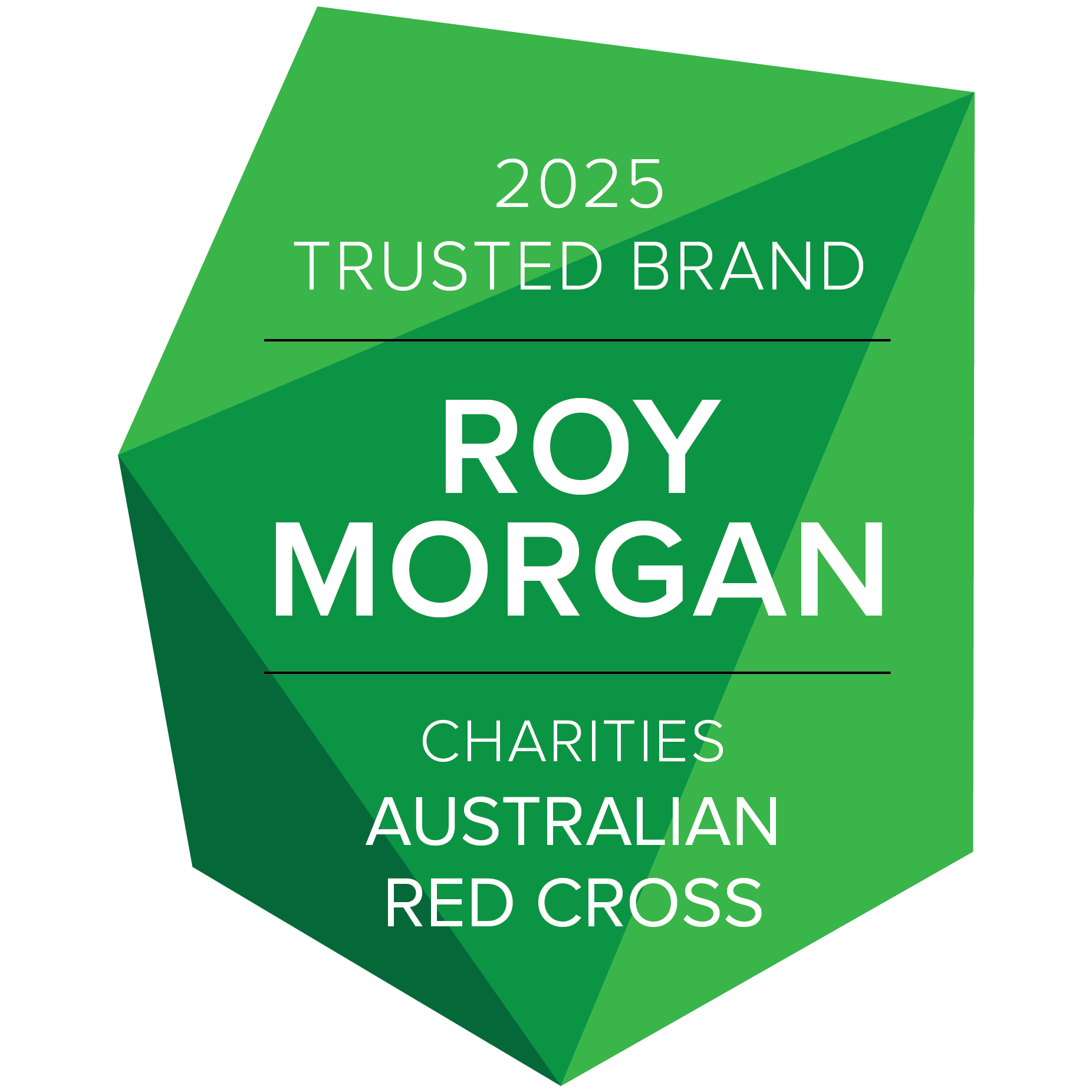

By John Richardson, National Resilience Officer, Australian Red Cross
In a disaster what we hold to be normal or the usual is disrupted, and people are left with a huge amount of uncertainty and experience a range of emotions, from shock to grief, to anger and sadness.
It was no different in the devastating floods that hit northern New South Wales earlier this year. Families were forced out of their inundated homes and into evacuation centres, and relief and recovery hubs, often with confused and worried children in tow, and not much else.
At times like these a simple gesture can go a long way. For the Red Cross that gesture is to give the children needing comfort a Trauma Teddy. Handed out by volunteers, the small gesture of kindness belies the work of what is a large network of people, knitting away at home, so they can help put a child at ease, or at least give them something to hug.

We know how much we all relate to teddies. These are what we call transitional objects, the objects that ease the stress and anxiety of separation as a child, and they become familiar to us and hold meaning. Familiarity is very important in disasters; it might be a Red Cross emblem or something else. When someone sees something familiar, they feel at ease, and safe. Teddies are very good at doing this.
Hundreds of the trademarked teddies, stockpiled for easy access, were taken to the flood affected areas. They were handknitted by knitting groups across the Central Coast, the Northern region, Newcastle, and Coffs Harbour, who cast-on knowing that what they do is so much more than just following a pattern.
Volunteers grab bags of teddies as they race out the door to respond the latest disaster that has hit.
One volunteer recently told me how a friendly air steward allowed the Trauma Teddies to fly first-class to the flood zone, when there was limited room where the volunteer was seated on the plane. Nice work, teddies!
Over a million children have cuddled a trauma teddy since they were first started at the Red Cross, 30 years ago. During the Queensland floods in 2011, my (then) small children would ask me on the phone how many trauma teddies had we handed out that day. We had to start counting them.

Standing 12 inches high, each one takes about 5 hours to knit, by our calculations that is a staggering 250,000 hours of knitting every year and a mind-blowing 7.5 million volunteer hours over the past three decades.
The cuddly character was the brainchild of a superintendent at a Victorian ambulance station who saw the calming affect a normal teddy bear had on a child who was being treated by a paramedic. He came to the Red Cross with the idea and the rest is history. A suitable pattern was conceived, and a team of knitters and stuffers began production.

The benefit goes both ways. Crafts such as knitting give people a sense of purpose, helping them feel less anxious and deal with the uncertainty that is surrounding them and their community, whether it be hyper local or a broader sense of watching your countrymen suffer.
While a lot of love goes into the work, there are also stringent guidelines as only a safe and strong teddy can become a Red Cross Trauma Teddy, so it can withstand all the hugging and often chewing inflicted by a small child. But rest easy, those that don’t make the cut, hang out at the Red Cross offices all over the country with their goofy faces making people laugh daily.
Trauma Teddies are as simple as they are unique, because sometimes the simplest things are what are needed the most.
See the knitting pattern, learn all about making teddies and how to get in touch with our Trauma Teddy team and knitting groups near you.
Red Cross pays our respects to the Aboriginal and Torres Strait Islander custodians of the country where we work, and to Elders, past, present and emerging.
Learn about our Reconciliation Action Plan and how we can all make reconciliation real.
This website may contain the images, voices or names of people who have passed away.


© Australian Red Cross 2025. ABN 50 169 561 394
